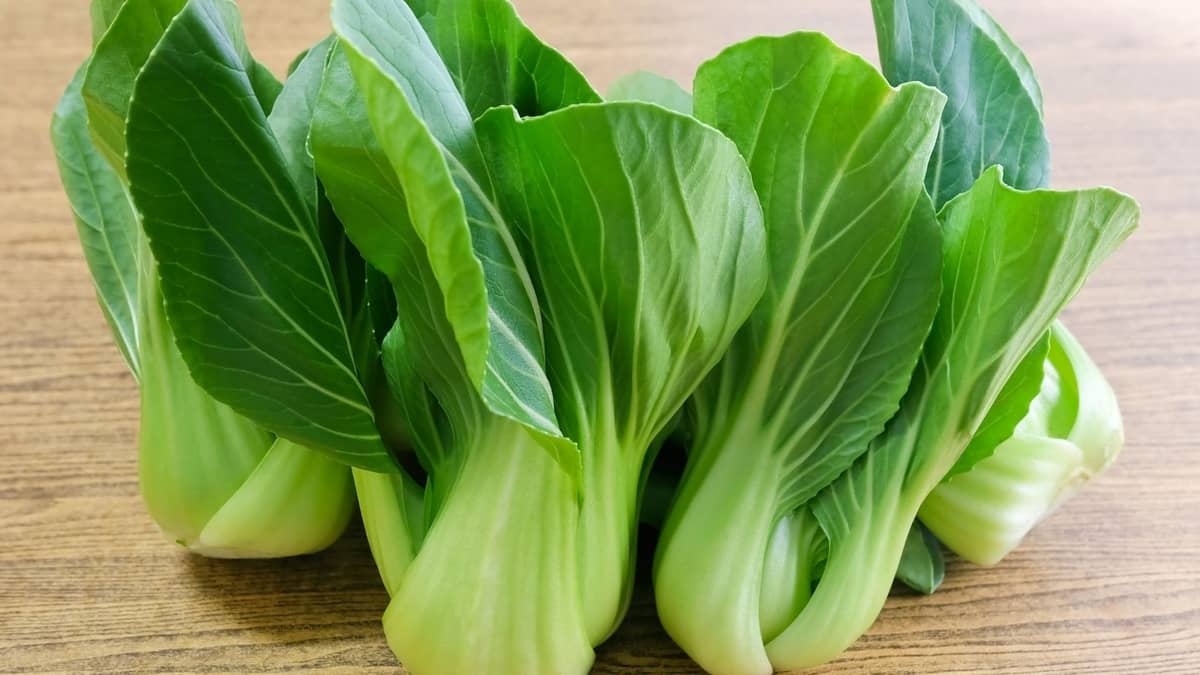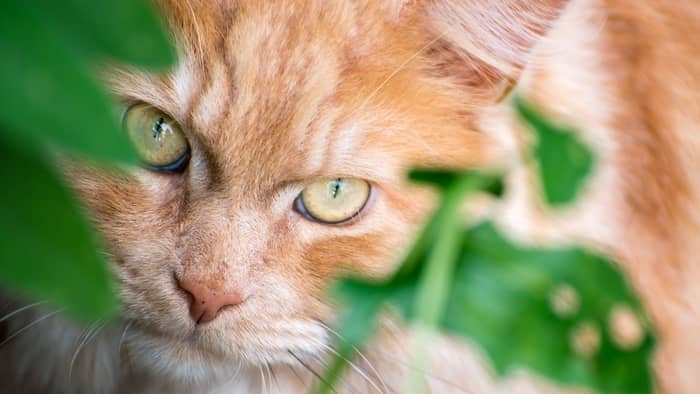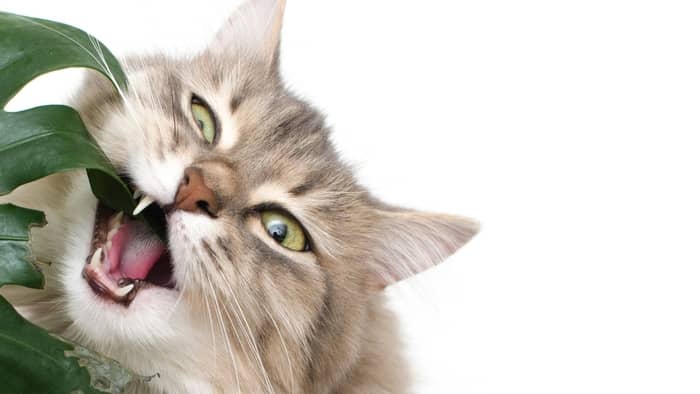Can cats eat Bok Choy? Yes! But, there are a few rules when feeding it to them.
Bok Choy is similar to cabbage and tastes a bit like celery. It’s a leafy green packed with vitamins that can keep your cat healthy.
IMPORTANT: At stuffaboutcats.com, we regularly consult with licensed veterinarians and other industry experts. However, the information found on stuffaboutcats.com should not be viewed as veterinary advice. We do our best to help you better understand your cats, but the information on this blog is not a substitute for veterinary guidance.
Adding Bok Choy to your cat’s diet is easy, but you have to keep a few things in mind.
I did tons of research before introducing Boy Choy to my cats. They both loved it, so I decided to share everything I’ve learned with you. After reading this article, you’ll feel confident to feed your cats, Bok Choy!
Cats Can Eat Bok Choy – Here’s Why
If you’ve been asking yourself, “can cats eat Bok Choy” here’s the answer:
Bok Choy is non-toxic to cats, and they can eat it in moderation when you prepare it right. It’s perfectly safe for your cat to munch on this leafy green, and it adds many healthy vitamins to their body when they do so.
One of the main reasons your cat will take to Bok Choy is because they need to eat greens every now and then. Cats are indeed carnivores, but they still need plant-based foods to keep their bodies healthy.
The Advantages Of Bok Choy For Cats
Bok Choy is packed with vitamins, has almost no calories, and will leave your cat feeling full. If you’re still not convinced that feeding your cat leafy greens can benefit them, take note of these benefits to feeding your cat, Bok Choy!
Nutrient-rich
Bok Choy is rich in Vitamins A, C, and K. These vitamins promote healthy eyesight, strengthen bones, improve immune system function, aids in healthy brain development and function, and prevent heart conditions.
It will also provide your cat with calcium and potassium. Calcium adds to the straightening of bones, while potassium will keep your cat’s muscles in top health and reduce water retention and blood pressure.
Low in calories
If your cat needs to lose a few or just likes eating, which makes you worried that they might gain too much weight, then you should definitely add Bok Choy to their diet.
Bok Choy is low in calories and helps to create a sense of fullness. If you add some to your cat’s diet, they’ll feel fuller for longer and eat less.
Contains lots of water
Bok Choy is high in water. Like many other leafy greens, it can keep your cat hydrated.
Eases bowel movements
Bok Choy contains a good amount of fiber. If your cat regularly eats it, its bowel function will improve, and it’ll pass stool with more ease.
Improves overall health
With all the nutrients Bok Choy contains, it can help your cat’s body prevent and fight off multiple issues. Bok Choy can also:
- Fight inflammation
- Prevents cancer
- Lowers the risk of heart disease
Your cat should eat at least four servings of Bok Choy per month to truly gain its benefits.
The Disadvantages Of Bok Choy
There are some risks to feeding your cat Bok Choy, but luckily none has proven fatal. When cats overeat Bok Choy, they can develop excess gas, leaving them uncomfortable.
If your cat already suffers from thyroid issues, you should caution to feed them raw Bok Choy altogether. The raw form can hinder thyroid function. To deactivate the enzyme that causes this, you should cook Bok Choy before feeding it to your cat.
How To Safely Prepare Bok Choy For Your Cat
I recommend always feeding your cat cooked Bok Choy, even if you choose to blend and add it to yogurt, homemade treats, or wet cat food.
The preferred method for cooking Bok Choy for cats is steaming it. When you steam it, no oils or spices are needed, making it healthier for cats to eat.
After you’ve put the Bok Choy in a steamer basket over simmering water, you should let it cook for 5 to 7 minutes until it’s tender. Once it’s cooled, you can serve it as is, blend it into a puree that you can add to other liquids, or mix it with dry or wet cat food.
My Cat Won’t Eat Bok Choy – What Now?
It’s okay if your cat doesn’t like Bok Choy. There are many other great alternatives that you can use instead, but before giving up, try this:
- Offer it again and offer it in different ways
- Mix it with dry or wet cat food
- Serve it with other meals instead of offering it as a stand-alone dish.
Final Thoughts
Cats need to eat some greens to keep their body healthy, even if it doesn’t form part of their daily diet. If you’re undecided on what vegetable to include in your cat’s diet, Bok Choy is an excellent vegetable, to begin with.
I hope this article gave you the information you need to start serving your cat, Bok Choy. Like mine, I’m sure yours will enjoy it too!
You can ask any more questions you have about Bok Choy and feed it to your cat in the comments.
Read more about Protein Power Foods: Can Cats Eat Turkey Ham?
FAQs
Do cats need to eat vegetables?
Cats will occasionally chew on grass to supplement their vitamin intake in the wild. Your cat will do the same at home if you have a lawn, but you can also give them a few vegetable servings with their protein.
They do not need vegetables to survive, and some can even cause damage to their red blood cells and gastrointestinal issues.
What vegetables can cats digest?
Your cat's digestive system will struggle to break down plant cell walls, so whichever veggie you choose to feed them should be steamed.
Broccoli, carrots, corn, green beans, pumpkin, spinach, and winter squash are excellent choices!
What can I feed my cats when I run out of cat food?
Cats are carnivores. If you run out of cat food, you can feed your cat any cooked meat, fish, or poultry.
Some rice in a meat-flavored sauce or steamed vegetables will also do when you don't have any of these on hand.


